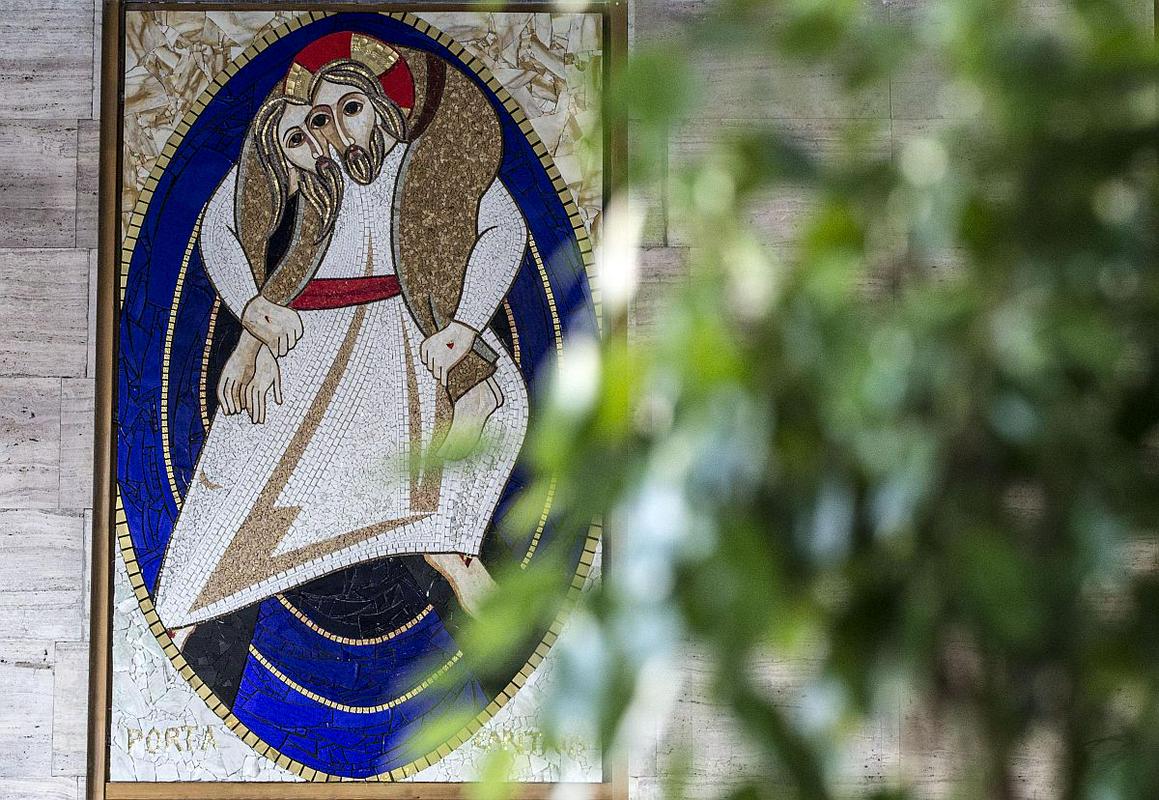
Marko Ivan Rupnik is one of several Slovenians who have risen to prominence in the Vatican, but his legacy is undoubtedly the most visible – both in Rome and in churches around the world.
Born in 1954 in the mountains around the mining town of Idrija, Rupnik was drawn to spirituality at an early age. He studied at a local seminary and became a Jesuit. Then, in his early twenties, he moved to Rome, where he went on to study art and technology.
Over the years, he became an expert on Eastern European theology and a professor at several at prestigious Vatican institutions. In 1991, he was named the head of the Aletti Center, whose work is dedicated to the study of Christianly in Eastern Europe. However, he has left his most visible mark as an artist specializing in mosaics.
Rupnik created some of his religious artworks for pilgrimage sites such as Fatima and Lourdes, but his mosaics can be found throughout Europe, an even as far as Syria and the United States. In 2000, he became the first Slovenian – and the first artist from any Slavic country -- to decorate a chapel in the Vatican itself.
He went on to create no fewer than a dozen mosaics in Slovenia, mostly in churches but also in the chapel of the Oncological Institute in Ljubljana. His work features complex symbolism that gives life to Biblical stories, while his style utilizes a modern reinterpretation of both Western and Byzantine elements – a combination that is in keeping with his theological interest in Eastern Europe. He has also designed church furnishings such as holy water fonts to make sure they match the design of his mosaics.
Rupnik has received a number of awards for his work. In Slovenia alone, he has received the prestigious Prešeren Prize and the Badge of Honor, which is given out by the President. Through the years, he has carried on with his theological research, while continuing to create mosaics that bring abstract spirituality closer to the people.

































































